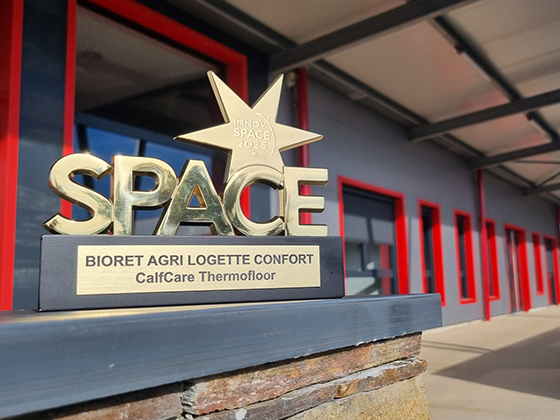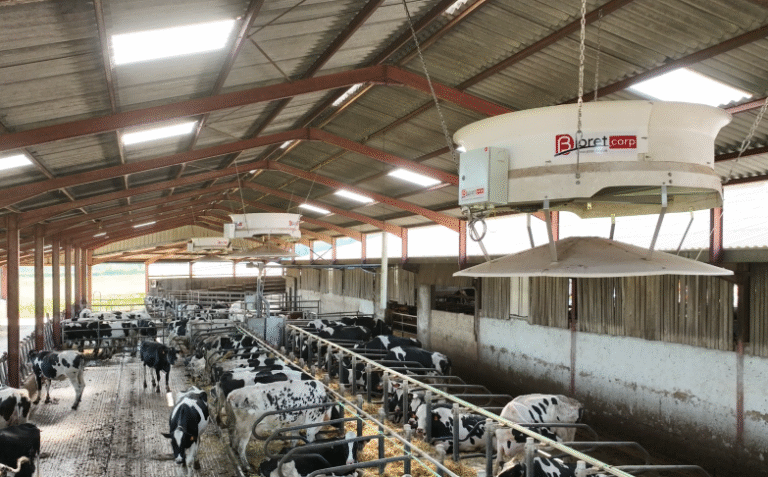Lameness in cows: veterinarian's perspective
- Lameness is the leading cause of culling in France. Why is hoof health a major issue for farmers?
The cow's foot should be the object of the farmer's full attention, even before noticing lameness, and this for two reasons. First, because there is often an imbalance between growth (5mm/month on average) and wear of the hooves depending on the nature of the traffic surface used by the cows (soil type in the buildings, access or not to pasture). The role of the farmer is therefore to maintain the right balance thanks to functional trimming (ideally twice a year).
The second reason is that incipient lameness is often difficult to detect. It is not uncommon for the farmer to detect lameness when it is already advanced to a level 3 or 4 (lameness score from 1 to 5 according to the international standard, score 5 is often incurable and leads to culling). It should be known that the later a lameness is treated, the more difficult it will be to cure.
- What are the external causes of lameness? Do stones on the ground play a role?
Lameness is directly related to living conditions on the farm. Prolonged standing is not natural for cows. In buildings, this is especially true when the floor is hard and abrasive, leading to hyperplasia (excessive hoof growth) and sole congestion.
In free-stall barns, stones can also injure the foot. Ubiquitous in silage, they end up in the cow's waste and then in the building. The impacts of stones on the sole can quickly become infected due to the bacteria present on the floor. Building hygiene is therefore essential from this point of view.
- Can the flooring in buildings be a key factor in preventing lameness?
Alongside an overall strategy of vigilance and herd monitoring, the design of the building obviously helps to limit lameness problems. The non-slip Magellan coating from Bioret Agri takes into account the aspects mentioned above, whether it is the hardness of the floor, the presence of stones that fall into the grooves, or the cleanliness of the building. The drainage of urine is particularly important from this point of view, since ammonia is very aggressive to the sole. On an uneven floor, there are wet stagnations, veritable breeding grounds for bacteria. The problem disappears completely with Magellan cow mats. Its "grip" aspect, non-slip, also limits slips, which are often sources of lameness. In general, Bioret Agri widely takes animal welfare into account in the design of its products.
Regarding building design, consideration should also be given to the presence of footbaths and the need for the farmer to have easily accessible trimming chutes. No two cases of lameness are identical. To treat it, the cause of the lesion must be identified. The only way to treat lameness is to lift the cow's foot.
- Identifying lameness: how to proceed?
When the cow is moving, the symptoms of lameness are a little easier to assess. The cow moves more slowly and puts less weight on the painful foot. When stationary, at the feed bunk for example, the farmer must be alert to certain telltale signs:
- The cow spreads its legs further apart to reduce the pressure on the painful claw.
- The backline is curved; the cow has a swayback.
- She raises her head when she puts her painful foot down.
These dysfunctions will be easier to detect with regular herd monitoring and if the cows move serenely on a stable and flexible surface.
With Farmconsult, Dr. Fabozzi independently supports farmers in implementing their operational strategy, addressing all issues related to herd management and building layout. He is familiar with Bioret Agri products and observes their positive effects on the health of the cows and the farm.




